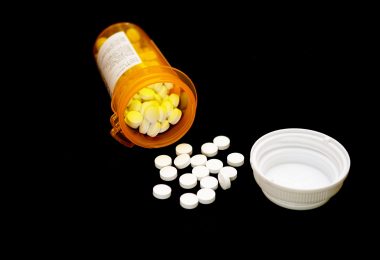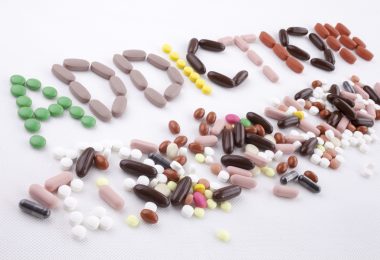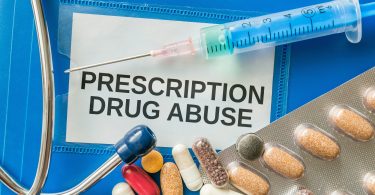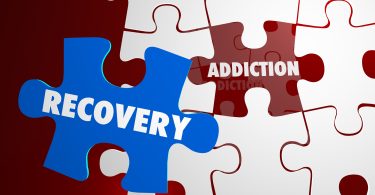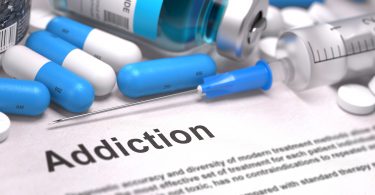Addiction
Addiction Is a Drain on Personal and Financial Resources
Addiction is a disease that’s infiltrated every part of the United States. The widespread use of opioids has led to a problem of pandemic proportions, and communities are struggling to cope.
The loss is not relegated to the family dynamic or to our local economies. Substance abuse costs the American people and the nation as a whole more than anyone can imagine. According to the National Institute on Drug abuse:
- The exact cost of treating addiction annually is over $600 billion.
- Treatment can significantly reduce these costs when implemented early and made available to those who need it.
Studies show that there is no “safe” substance. Whether it’s the seemingly harmless effects of marijuana to the highly tolerated use of alcohol—addiction can and will happen.
This comes with a price tag that exceeds what goes into treatment. Substance abuse also places a huge financial burden on the legal system, American healthcare, and the general economy each year.
As of 2013, over 24.6 million Americans had admitted to using some kind of illegal drug after the age of 12. This number is just as disconcerting in 2018 as it was 5-years ago, and promises to rise with the influx of prescription drug abuse throughout the U.S.
The Prescription Pandemic
The widespread over-prescription of narcotic pain medication created an unexpected generation of addicts. It also introduced a whole new illicit demographic to the world of substance abuse. According to March 2018 stats provided by NIDA:
- Over 115 people die from opioid overdoses each day.
- Prescription opioid abuse costs the U.S. over $78.5 billion each year.
- Up to 29 percent of people prescribed opioid painkillers will abuse them.
The lax prescribing practices of the 1990s are largely credited with the widespread addiction to opioids (NIDA). A misguided medical journal spread the misconception that prescription painkillers were much less addictive than they actually were. This started causing many in the medical community to become too comfortable prescribing large doses for minor or acute injuries.
Pain management became a widely used term that could be associated with everything from phantom back pain to legitimate chronic conditions. By 2015, the medical community had caught on and tried to reign in their prescriptions. This led many people without the medications they had become accustomed to and created a whole new generation of medically directed addicts.
When people realized they could no longer get the medications they believed they needed, many turned to illicit drugs as a way to cope. Patients trusted their doctors to make a diagnosis and prescribe appropriate medications. The opioid crisis broke that trust in many different ways.
Now, nearly 4-6 percent of those who become addicted to prescription opioids eventually make the decision to move to heroin (NIDA). This number isn’t as small as we’d like to think. It’s also very difficult to know how many active users there are in the U.S. with so many people refusing to admit to problems with opioids.
The Effects of Substance Abuse Over Time
The impact of substance abuse is still being evaluated as more and more people come forward due to the widespread nature of the opioid epidemic. What we do understand are the long and short-term implications of substance abuse on individuals. A person who’s only been using for a short period of time will experience some marked changes, including:
- Behavioral changes
- A lapse in personal responsibility including hygiene
- Job loss
- Legal problems
- Changes in personality
- Violent outbursts
- Lethargy
- Erratic behaviors
The list can go on and on depending on the type of drug and the pattern of substance abuse. Many users who start out with one drug will diversify as they become more accustomed to regular use.
The same can be said for those who start out using only prescription medications. While most addicts will have a specific drug of choice, they’ll use almost anything when they’re unable to procure it.
Over a long period of time, people who abuse substances regularly may experience:
- Depression: Drugs alter the chemicals in the brain, isolate us from those we care about and change how we experience the world. When a person uses for a long time, they can cause both permanent and short-term damage to their bodies and personal relationships. This can lead to depression that further fuels their drug use.
- Anxiety: There are many drugs that make people paranoid. Drug use itself can make people constantly afraid of being caught or having their habits discovered. The changes to the brain can also have an impact on pre-existing social anxiety. All of this can come together to create a devastating fear of interacting with the outside world.
- Liver Failure: The liver filters out the toxins within the body and is often severely damaged when a person consistently uses drugs or alcohol over time. Alcohol is the usual culprit for liver damage, but prescription drugs, DXM, and other chemicals can have a similar effect. Liver failure can be life-threatening and seriously impact the quality of your life. It requires immediate sobriety and extensive medical care.
- Kidney Disease: Kidneys are a vital part of the body’s filtration system. When a person uses heroin or other drugs for a long time, the kidneys will stop functioning as they should. This can lead to the body poisoning itself from the inside out and an eventual death.
- Heart Disease: Almost every type of drug places additional strain on your heart. Whether it’s heroin or methamphetamine, the heart rate and blood pressure can be adversely affected. This can lead to eventual scarring and a decrease in heart function. Over time, the damage will become permanent.
There are a huge number of different psychological and physical consequences that come with long-term substance abuse. The frequency of abuse coupled with the drugs used will have an impact on the effects, but they’ll be negative regardless.
The Journey from Recreation or Prescription to Addiction
The journey from that first hit, pill or drink to full-blown addiction is slightly different for everyone. What we do know is that the brain of an addict is wired differently than that of someone who isn’t predisposed to the disease. Almost anyone can become physically addicted to drugs, but the psychological longing is a whole different beast.
A person who’s falling into habitual substance abuse may:
- Justify taking more than what’s prescribed
- Mix drugs and alcohol
- Use illicit drugs in spite of the consequences
- Become withdrawn
- Exhibit risky behaviors to stay high
- Allowing their drug use to interfere with their daily lives
Substance abuse can quickly spiral into full-blown addiction in someone who’s hardwired for it. If you see these signs in yourself or someone else, get help immediately. Always get as much drug information as possible before agreeing to a prescription and avoid any type of recreational use.
The Anatomy of an Overdose
An overdose is described by the U.S. National Library of Medicine as “…when you take more than the normal or recommended amount of something, often a drug.
An overdose may result in serious, harmful symptoms or death.” Many people who overdose do so after a period of sobriety. They attempt to take the amount they were accustomed to after building up a tolerance and accidentally take too much.
Other accidental overdoses can occur when a person takes a volatile mixture of drugs or a substance that turns out to be more potent than the intended chemical. Any time it’s unintentional, it’s referred to as an “accidental overdose.”
There are times when an addict becomes so intoxicated or depressed they may attempt to intentionally overdose to take their own life. This is a sad complication of prolonged substance abuse.
Overdoses don’t always end in death or hospitalization, though. Any time someone takes too much of something, they’ve overdosed. The severity is based on the health effects they experience during and after the experience.
The Recovery Process
Each person who suffers from addiction will need to realize they have a problem and be willing to seek help. This may involve finding a rehab center that offers a medical detox facility capable of helping them get through the painful withdrawal process. Before choosing a rehab, consider these things:
- Do you need inpatient or outpatient services?
- Will you require medical detox capabilities?
- The length of the program.
- The affiliation of the treatment programs.
- The type of facilities that you may need.
- The potential for peer counseling and aftercare services.
Exploring an Intervention
An intervention is a professionally led meeting between the addict and those who care about them. It’s intended to convince the addict to go into treatment as quickly as possible using a series of heartfelt personal pleas. These can only be as effective as the person suffering from the substance use disorder allows them to be.
Getting the Right Support to Stay Sober
Rehab is only as effective as the addict allows it to be. Peer counseling programs have been found to be both motivational and effective for rehab and aftercare programs.
In all reality, sobriety and recovery are possible, but require the right level of dedication and personal accountability to take root. If you or a loved one need support and help getting sober, contact (877) 322-2450. We can help.


